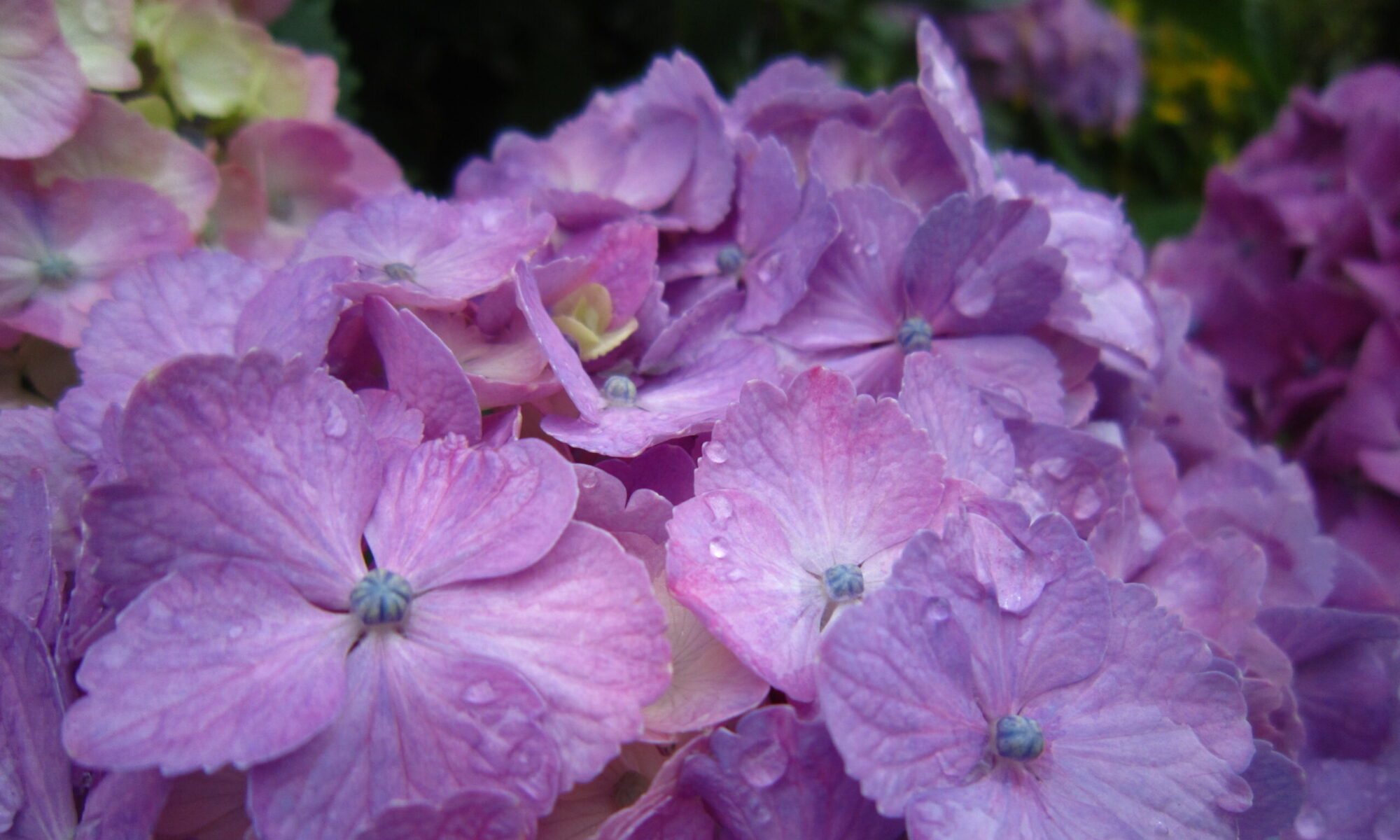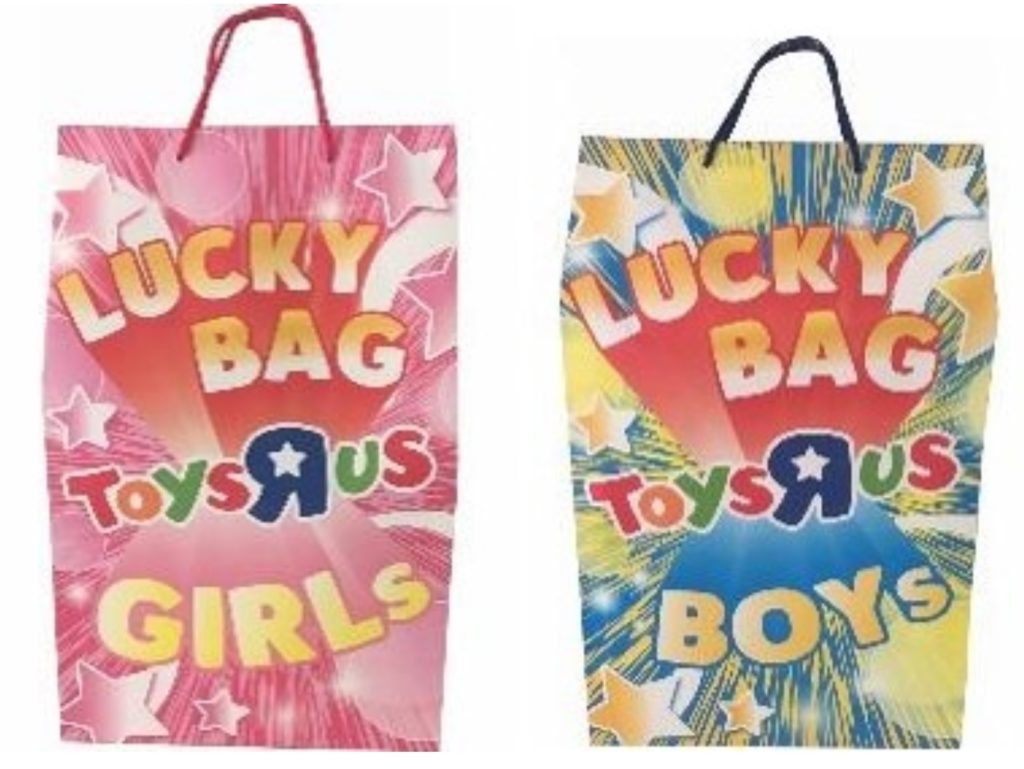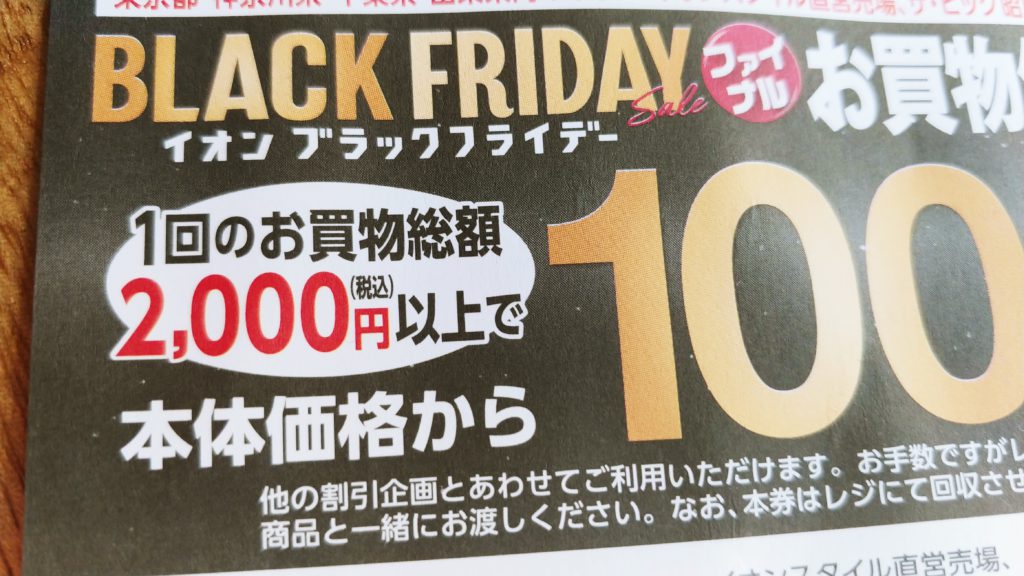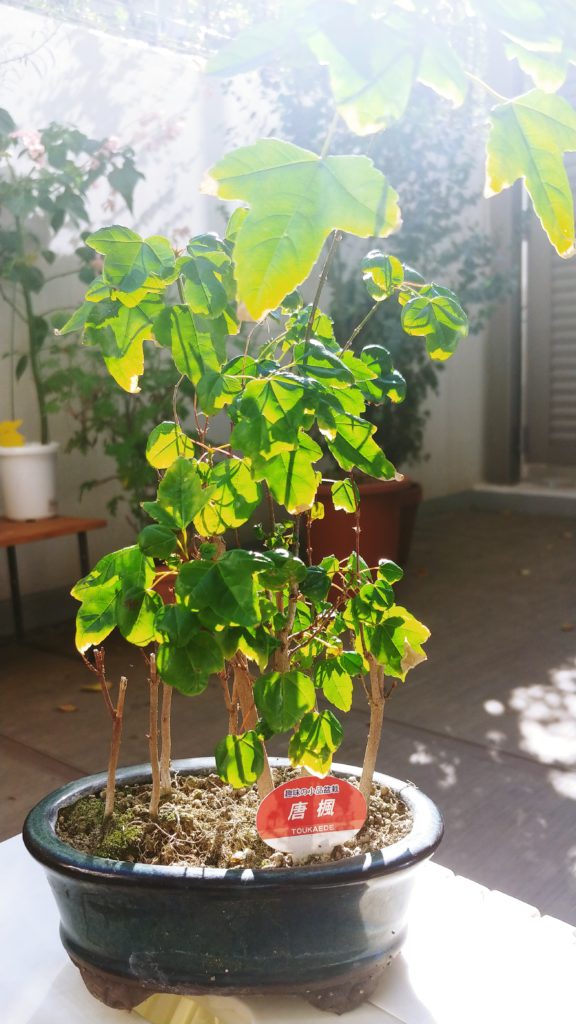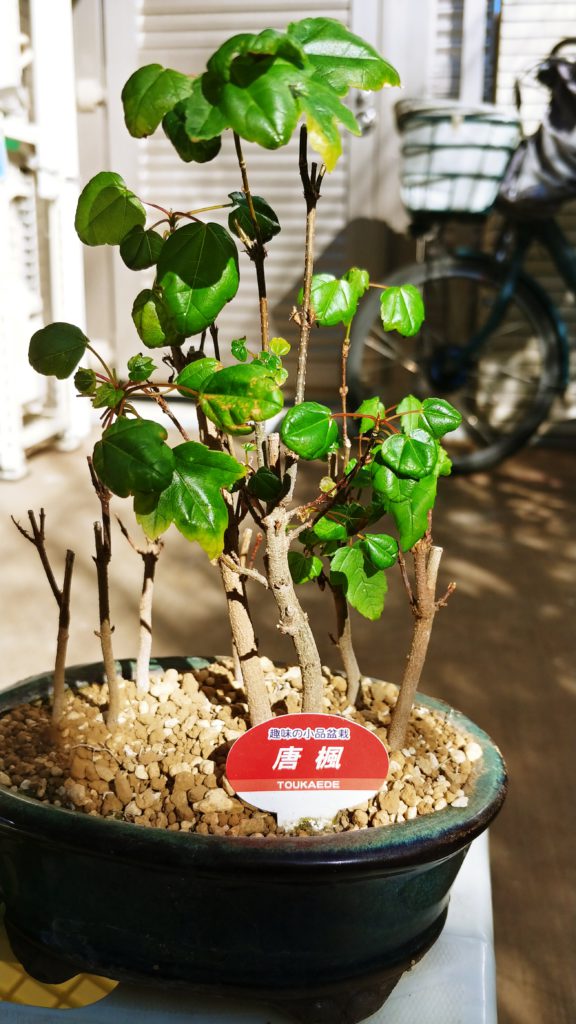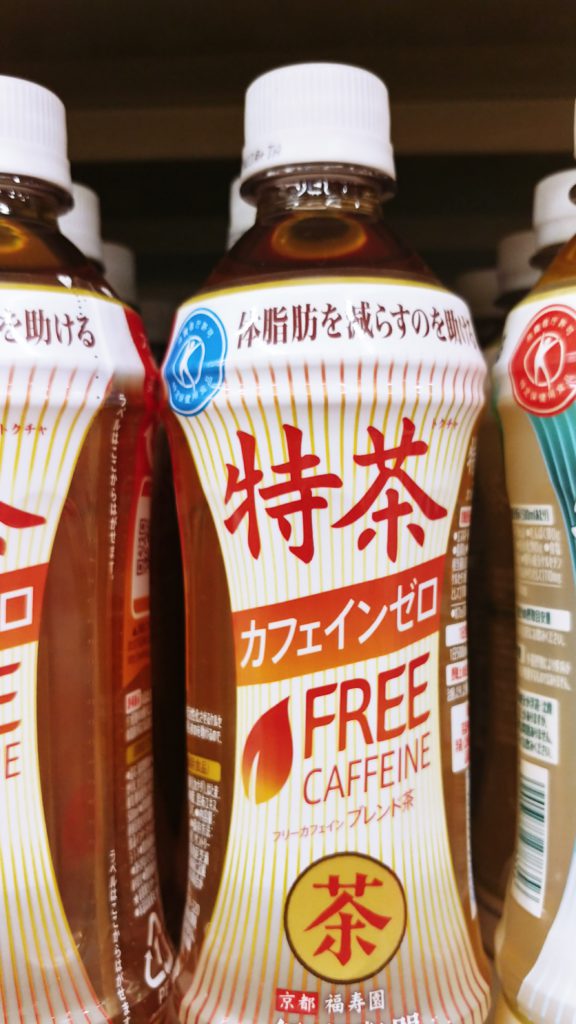For whenever Japan finally allows tourists from abroad back into the nation again, I thought I’d put a few tips I’ve accumulated for how to survive in this nation without losing all of your money in the process.
Avoid convenience stores, if you can
They’re convenient, clean and in so many ways everything convenience stores in America are not, but you pay for all of that. Drinks, snacks and all the other little things are so much more expensive here than in other places.
That being said, I know there are probably going to be late nights when you just really need a drink or you realize you are in desperate need for a tissue box and nothing else is open. Convivence stores love to take advantage of the fact most stores in Japan are not 24/7.
Shop at grocery stores
If you can, find the nearest grocery store from wherever you’re staying and buy all of your food there. They sell drinks, snacks, bread and even obteno boxed lunches – everything you find at convenience stores but for a lot cheaper. A lot of grocery stores also have microwaves where you can heat up everything.
The best time to get cheap obento is just before the store closes, which is when someone from the store goes from obento to obento and puts stickers on marking things half off or more, sometimes.
A lot of Aeon grocery stores are open 24/7 so if you can find one of those near you, your life should be set for your stay.
Pick what souvenirs you want before you go
If you can, take a look around online and see what kinds of things you absolutely want to spend a ton of money on so you can focus on those when you’re here and not get distracted by other stuff, like I sometimes do when I’m on vacation.
For souvenirs for co-workers and such, 100-yen shops have you covered. I have heard many people from abroad also adore Japanese snacks, so the grocery store snack aisles are a great place for that, too.
If you don’t care about luxury staying, here are a few options
Almost every major train station has a host of business hotels near them. They’re like sleeping in a closet, but if you only care about using it as a place to sleep, then you can save a ton of money on accommodation costs.
Japan also has the Air B&B option, but it’s not taking off here quite so much, so I personally recommend business hotels for staying here cheaply.
Word of warning: Don’t mistake a love hotel for a business hotel. A business hotel looks really boring and standard, with windows that actually look out. A love hotel looks really tacky most of the time and with windows that are covered so you can’t look into the rooms whatsoever.
Capsule hotels are also an option mostly in Tokyo, and of course everyone loves to say they survived one of these coffin adventures. I had a friend stay in one who said it was quite the experience, and they’re noted for being pretty cheap, so if you’re feeling adventurous and want to save money, go for it.
Hostels are also a great option if you can find them. If you want to stay in places farther away from touristy areas, then don’t expect to find them too much.
Can’t find a place to stay but you desperately need one?
You actually have a few options if everything I mentioned above is booked solid for some reason or the town just doesn’t have one.
- Internet Cafes – They’re still a thing here. Live the life of an otaku or someone who just got kicked out of their house (I’m super generalizing here) and book an overnight stay at an internet cafe. Some of them actually come with showers and complimentary toothbrushes, so that’s exciting.
- Large onsen hot springs – Some of them offer overnight tickets, but they have to be a pretty big franchise for this like Oedo Onsen Monogatari, which is near Tokyo Disney Resorts. There used to be one in Odaiba, but it closed in September, apparently.
- Family restaurants – A last resort can be family restaurants, which are generally open 24/7. They obviously frown upon you just taking up space in the restaurant with all of your luggage and such for the night, but if you’re desperate enough, at least it’s a place to stay for a few hours.
- You can also try asking someone at the nearest train station (if it’s still open) if there are any places still open where you can stay.
Want cool and cheap Japanese clothing?
The best place, in my personal opinion, is a store called Shimamura, which is generally written in hiragana on its store signs: しまむら. They sell a ton of bad English shirts, and you sometimes come across shirts with Japanese on them, too.
UNIQLO will also help you with some cool shirts. They had a whole Japan section at their store near Tokyo Skytree, but I haven’t visited in a while so it might not be there anymore.
For your kids, try finding a store called Nishi-Matsuya (西松屋) which has a white bunny on its sign holding a kind of flower that I want to say is a dandelion. Their clothes are really cheap but still have Japanese anime characters and such on them sometimes.
